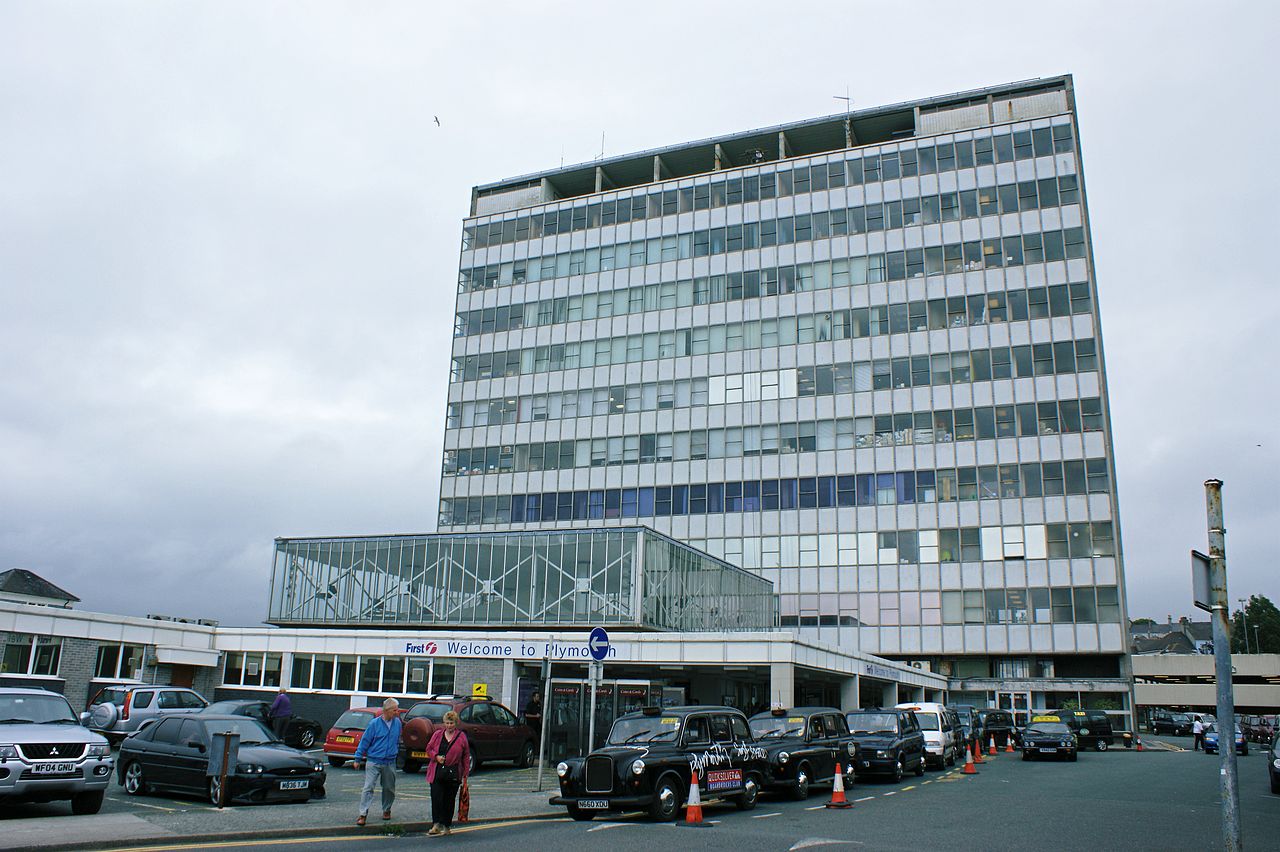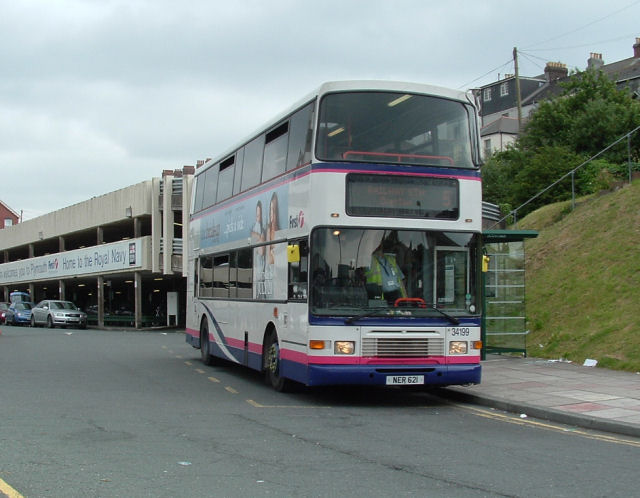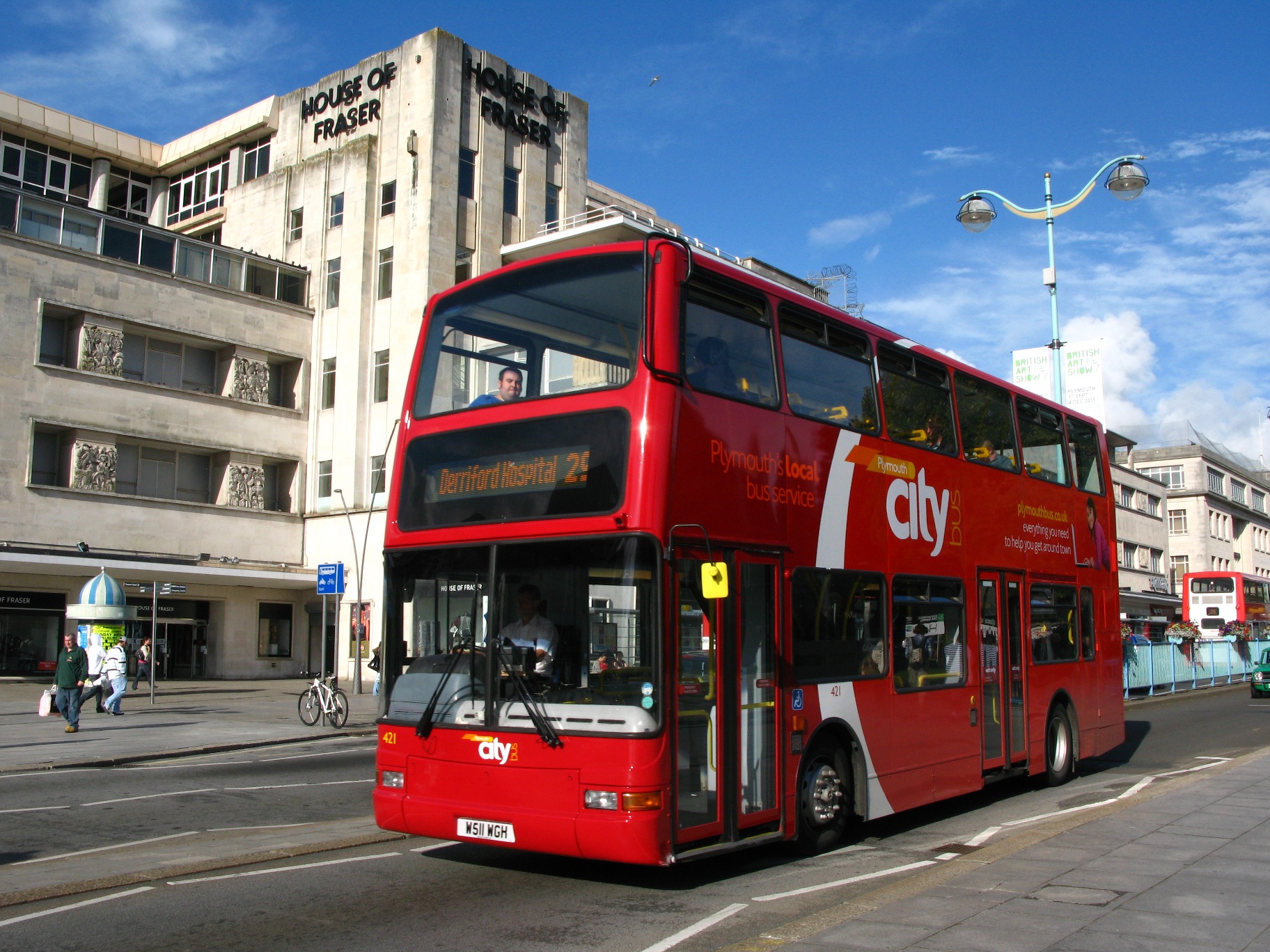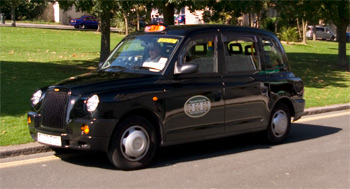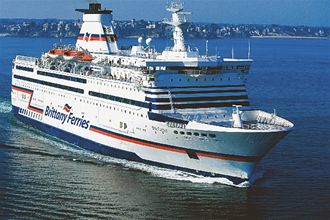
|
|
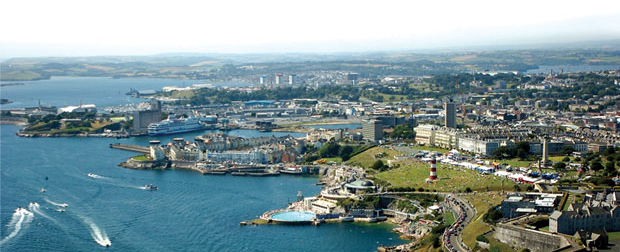
Conference Location
|
|
|
|
The city is home to 261,546 (mid-2014 est.) people, making it the 30th most populous built-up area in the United Kingdom. It is governed locally by Plymouth City Council and is represented nationally by three MPs. Plymouth's economy remains strongly influenced by shipbuilding and seafaring including ferry links to Brittany (Roscoff and St Malo) and Spain (Santander), but has tended toward a service-based economy since the 1990s. It has the largest operational naval base in Western Europe – HMNB Devonport and is home to the University of Plymouth. |
HistoryEarly History Plymouth's early history extends to the early Bronze Age. Upper Palaeolithic deposits, including bones of Homo sapiens, have been found in local caves, and artefacts dating from the Bronze Age to the Middle Iron Age have been found at Mount Batten showing that it was one of the main trading ports of the country at that time. This settlement continued as a trading post for the Roman Empire, until it was surpassed by the more prosperous village of Sutton, now called Plymouth. An unidentified settlement named 'TAMARI OSTIA' (mouth/estuaries of the Tamar) is listed in Ptolemy's Geographia and is presumed to be located in the area of the modern city. |
|
|
Middle Ages
|
The settlement of Plympton, further up the River Plym than the current Plymouth, was also an early trading port, but the river silted up in the early 11th century and forced the mariners and merchants to settle at the current day Barbican near the river mouth. At the time this village was called Sutton, meaning south town in Old English. The name Plym Mouth, meaning "mouth of the River Plym" was first mentioned in a Pipe Roll of 1211. The name Plymouth first officially replaced Sutton in a charter of King Henry VI in 1440.
|
|
Early defence and Renaissance
During the Hundred Years' War a French attack burned a manor house and took some prisoners, but failed to get into the town. In 1403 the town was burned by Breton raiders. In the late fifteenth century a 'castle quadrate' was constructed close to the area now known as The Barbican; it included four round towers, one at each corner, as featured on the city coat of arms. The castle served to protect Sutton Pool, which is where the fleet was based in Plymouth prior to the establishment of Plymouth Dockyard. In 1512 an Act of Parliament was passed for further fortifying Plymouth, and a series of fortifications were then built, including defensive walls at the entrance to Sutton Pool (across which a chain would be extended in time of danger). Defences on St Nicholas Island also date from this time, and a string of six artillery blockhouses were built, including one on Fishers Nose at the south-eastern corner of the Hoe. This location was further strengthened by the building of a fort (later known as Drake's Fort) in 1596, which itself went on to provide the site for the Citadel, established in the 1660s. |
|
16th & 17th Century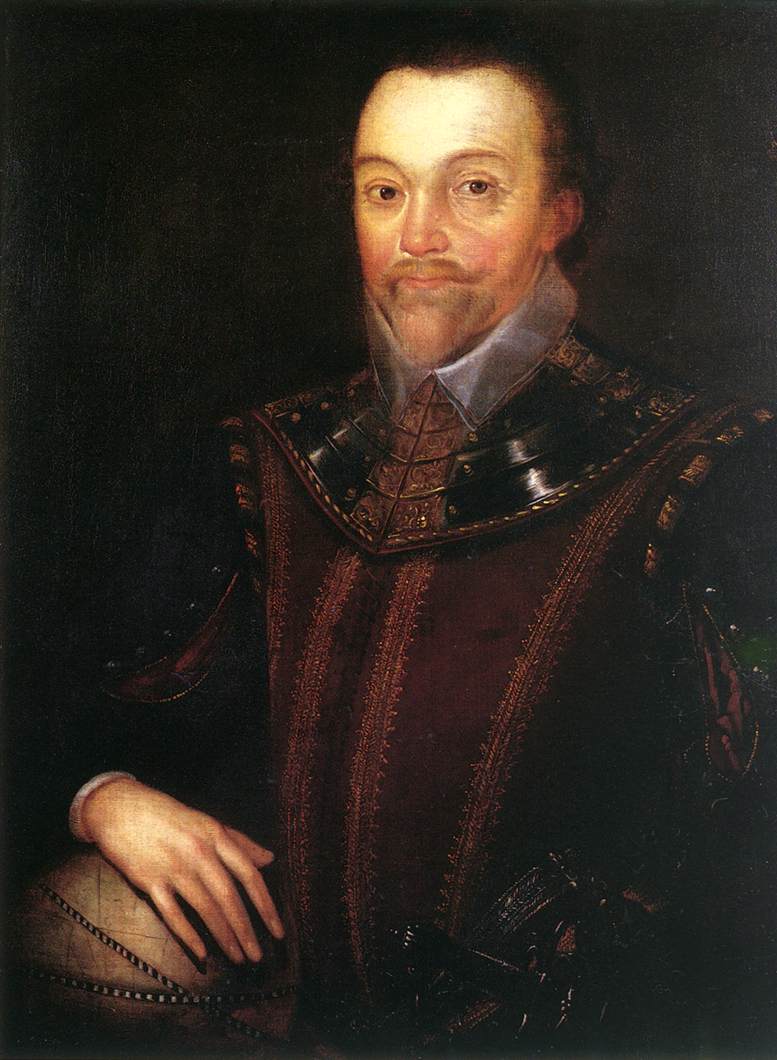 |
During the 16th century locally produced wool was the major export commodity. Plymouth was the home port for successful maritime traders, among them Sir John Hawkins, who led England's first foray into the Atlantic slave trade, as well as Sir Francis Drake, Mayor of Plymouth in 1581 and 1593. According to legend, Drake insisted on completing his game of bowls on the Hoe before engaging the Spanish Armada in 1588. In 1620 the Pilgrim Fathers set sail for the New World from Plymouth, establishing Plymouth Colony – the second English colony in what is now the United States of America. |
|
During the English Civil War Plymouth sided with the Parliamentarians and was besieged for almost four years by the Royalists between 1642 and 1646. The last major attack by the Royalist was by Sir Richard Grenville leading thousands of soldiers towards Plymouth, but they were defeated by the Plymothians at Freedom Fields Park. The civil war ended as a Parliamentary win, but monarchy was restored by King Charles II in 1660, who imprisoned many of the Parliamentary heroes on Drake's Island. Construction of the Royal Citadel began in 1665, after the Restoration; it was armed with cannon facing both out to sea and into the town, rumoured to be a reminder to residents not to oppose the Crown. Mount Batten tower also dates from around this time. |
|
Eighteenth Century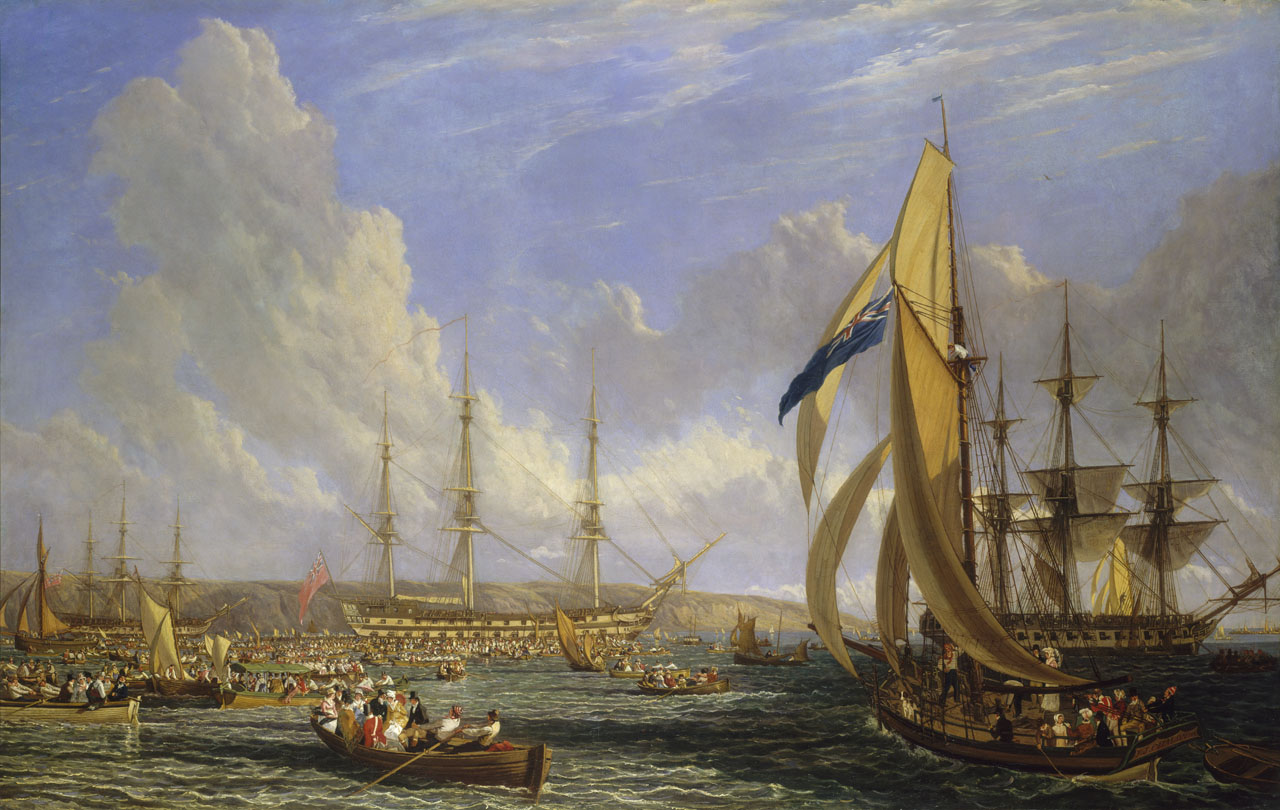 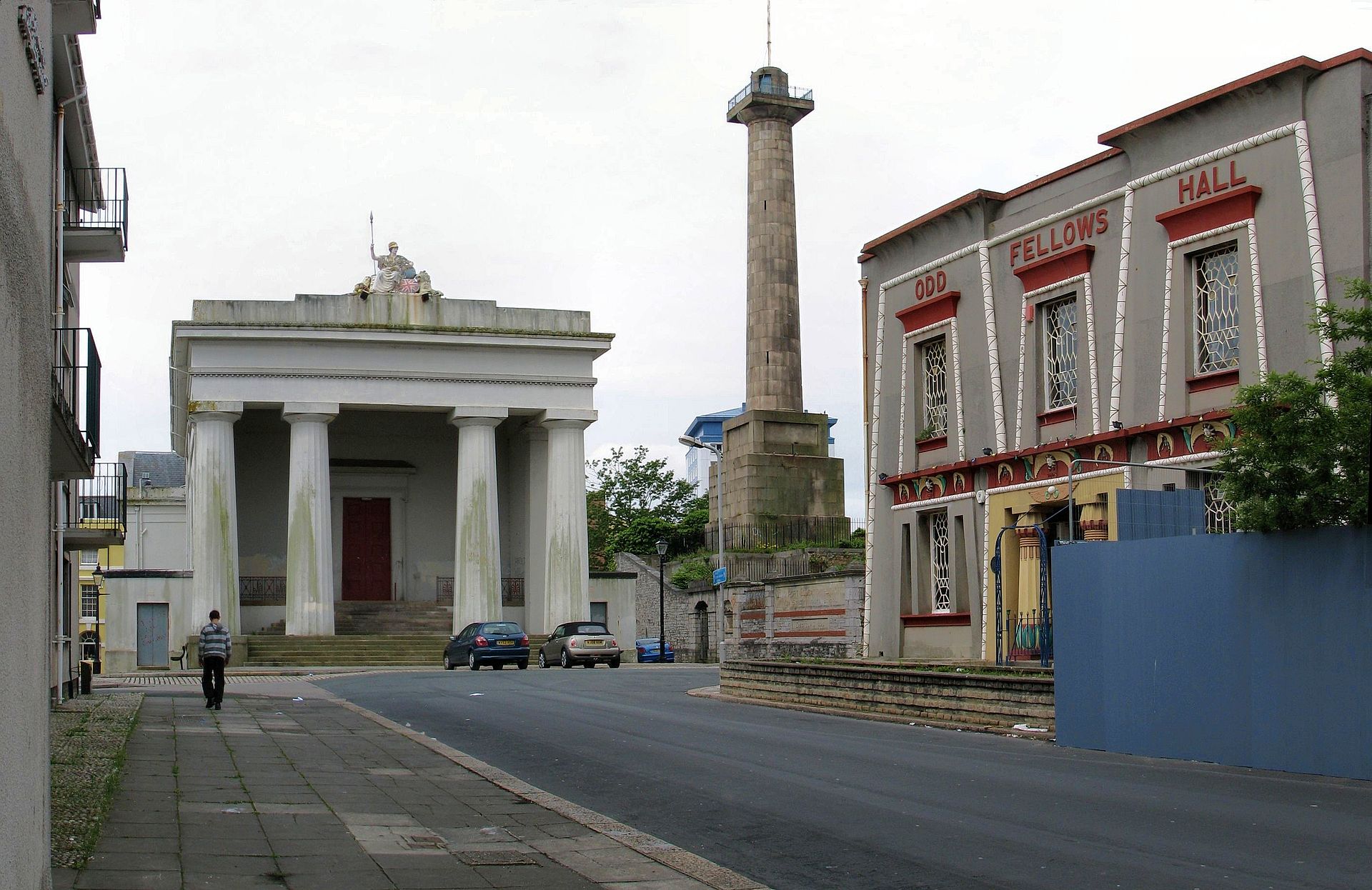 |
In the nearby parish of Stoke Damerel the first dockyard, HMNB Devonport, opened in 1690 on the eastern bank of the River Tamar. Further docks were built here in 1727, 1762 and 1793. The settlement that developed here was called "Dock" or "Plymouth Dock" at the time, and a new town, separate from Plymouth, grew up. |
|
Throughout the Industrial Revolution, Plymouth grew as a commercial shipping port, handling imports and passengers from the Americas, and exporting local minerals (tin, copper, lime, china clay and arsenic) while the neighbouring town of Devonport became a strategic Royal Naval shipbuilding and dockyard town. |
|
The First World War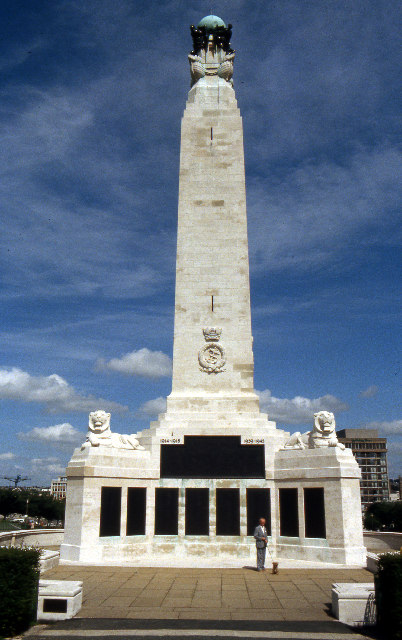
|
During the First World War, Plymouth was the port of entry for many troops from around the Empire and also developed as a facility for the manufacture of munitions. Although major units of the Royal Navy moved to the safety of Scapa Flow, Devonport was an important base for escort vessels and repairs. Flying boats operated from Mount Batten. |
| The Second World War
Devonport was the headquarters of Western Approaches Command until 1941 and Sunderland flying boats were operated by the Royal Australian Air Force. It was an important embarkation point for US troops for D-Day. The city was heavily bombed by the Luftwaffe, in a series of 59 raids known as the Plymouth Blitz. Although the dockyards were the principal targets, much of the city centre and over 3,700 houses were completely destroyed and more than 1,000 civilians lost their lives. This was largely due to Plymouth's status as a major port. Charles Church was hit by incendiary bombs and partially destroyed in 1941 during the Blitz, but has not been demolished, as it is now an official permanent monument to the bombing of Plymouth during World War II. |

|
Post-War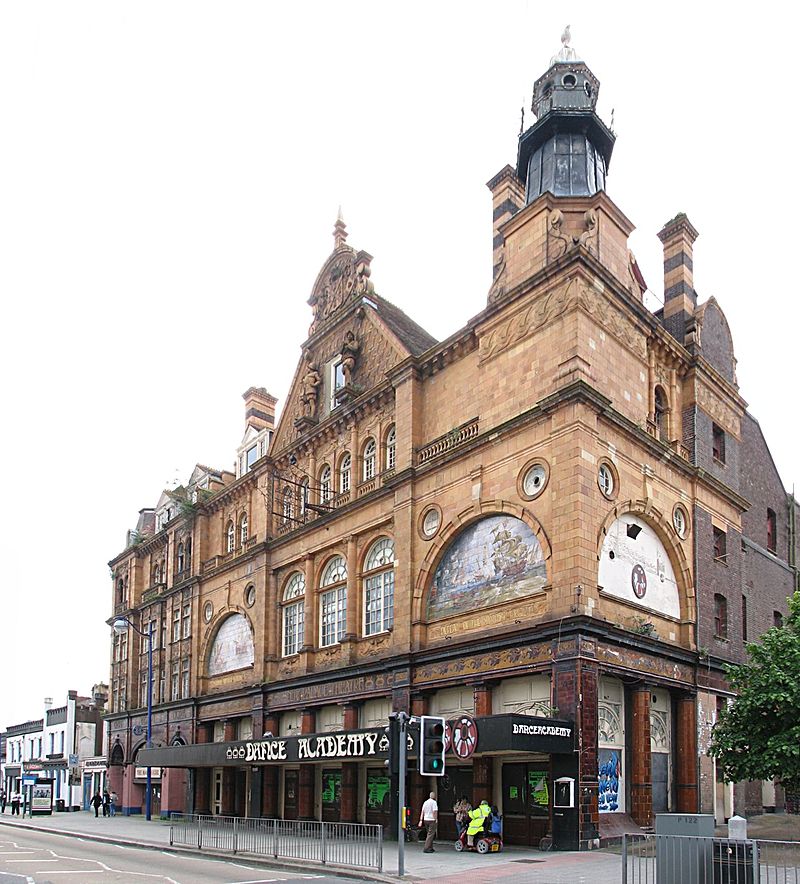 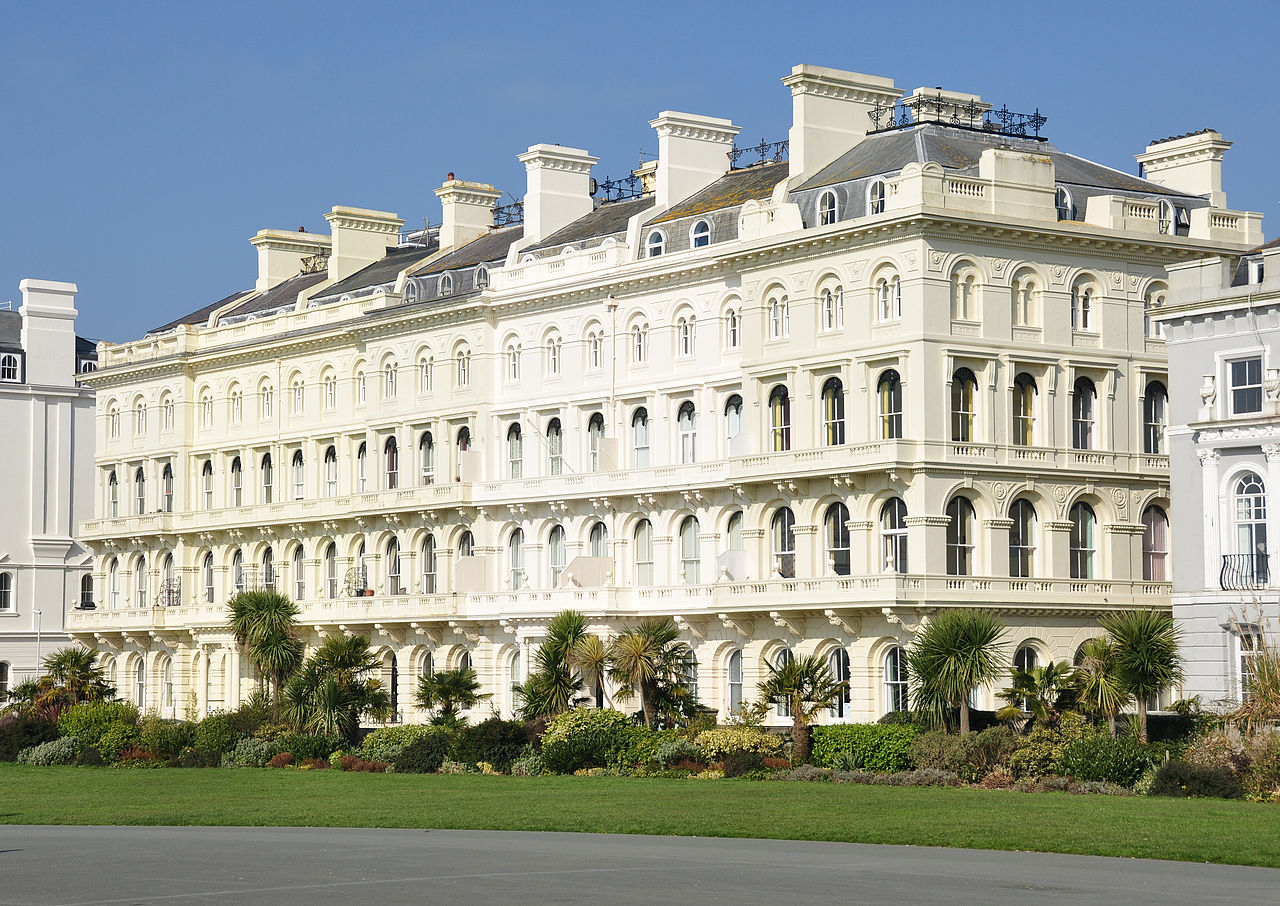 |
The redevelopment of the city was planned by Sir Patrick Abercrombie in his 1943 Plan for Plymouth whilst simultaneously working on the reconstruction plan for London. Most of the city centre shops had been destroyed and those that remained were cleared to enable a zoned reconstruction according to his plan. In 1962 the modernist high rise of the Civic Centre was constructed, an architecturally significant example of mid twentieth century civic slab-and-tower set piece allowed to fall into disrepair by its owner Plymouth City Council but recently grade II listed by English Heritage to prevent its demolition. |
Parts of this text and pictures were copied from 
Conference Venue
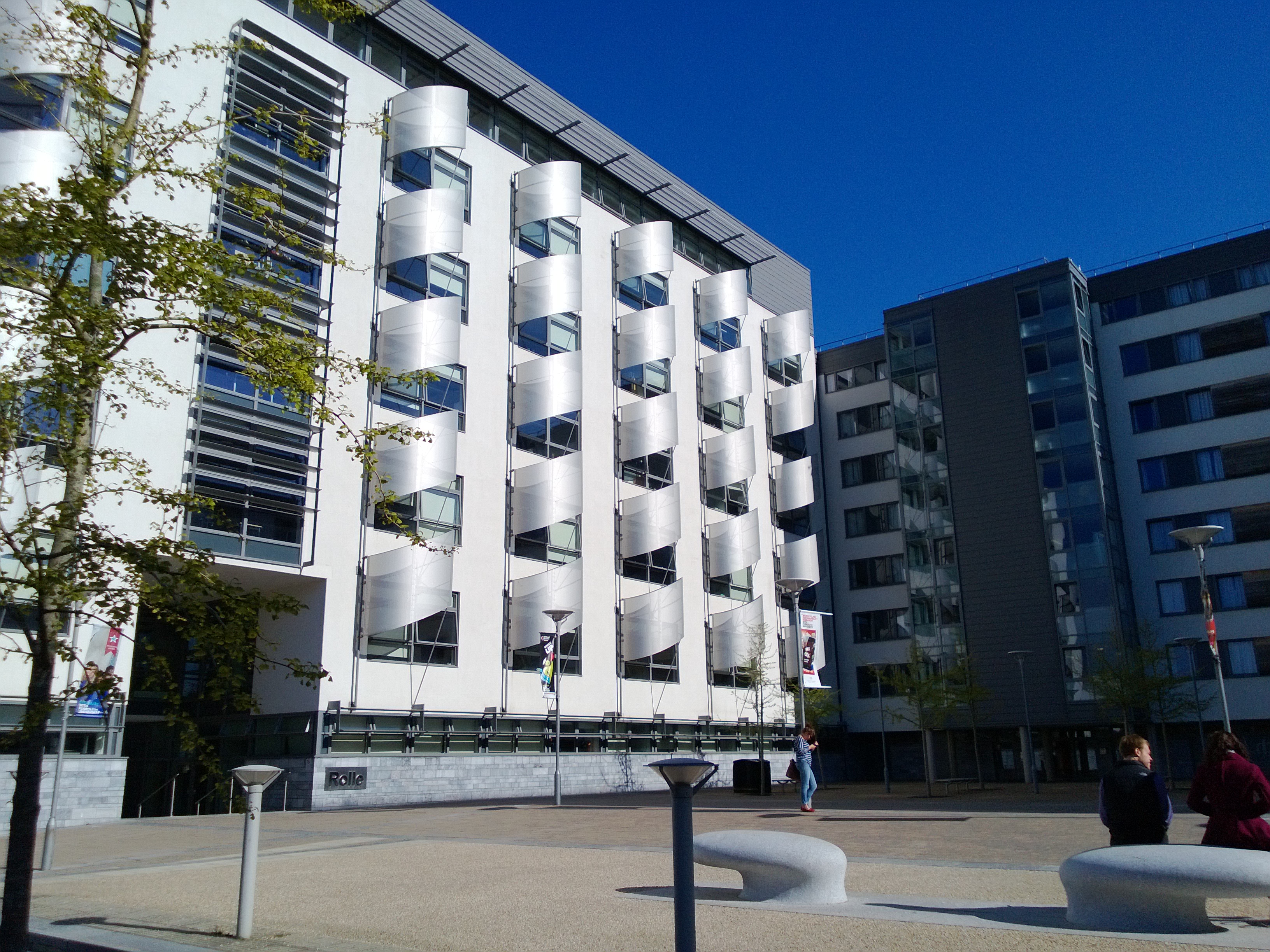 |
Plymouth University |
Getting to Plymouth and Plymouth University 
By Plane |
When arriving by plane in the UK you are mostly destined to arrive in London either at Heathrow, Stansted, Gatwick or Luton Airport. From these airports you need to make your way by train or tube to either London Waterloo Station or to London Paddington Station from where you can take a direct train to Plymouth. (use the Trainline or Virgin Trains website) |
By Train |
When taking the train to the United Kingdom, you will be using the EUROSTAR service arriving at St.Pancras station. After clearing customs and passport control you leave the EUROSTAR part of the station, you need to make your way by tube to either London Waterloo Station or to London Paddington Station from where you can take a direct train to Plymouth. (use the Trainline or Virgin Trains website). There are other direct services from Plymouth to South Wales, the Midlands, the North of England and Scotland. For rail enquiries, call 08457 484950 Train tips
|
By Coach and Bus |
There are regular coach services from most major cities to Plymouth. The coach service from Bretonside Bus Station in Plymouth to London Victoria Train Station goes via Exeter and takes just four-and-a-half hours. There is also a direct coach from London Heathrow airport. Travel time from Heathrow is 4 hours. The university campus and most hotels are less than 10 min walking distance from the train station or the bus station.
National coach services
Local bus services
Information about Regional Bus and Coach services |
By Taxi |
A number of companies can be contacted following these links:
|
By Car |
Sat nav ref: PL4 8AA
From the West |
By Ferry |
Brittany Ferries operates car ferry services to Plymouth from Roscoff (France) and Santander (Spain). Go to www.brittany-ferries.com for details. The site gives details of crossings, prices and an online booking form. The site can be viewed in English, French or Italian. |
On Foot
|
As Plymouth city centre is quite small all locations are easily reachable on foot. |
Maps
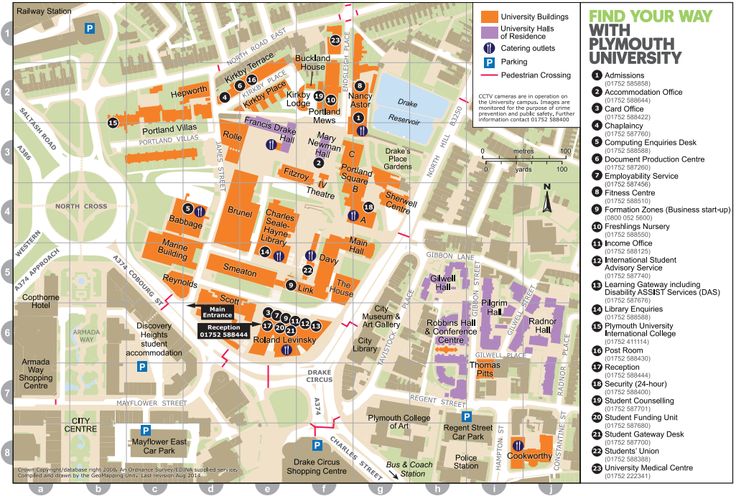


 Plymouth is a city on the south coast of Devon, England, about 37 miles (60 km) south-west of Exeter and 190 miles (310 km) west-south-west of London, between the mouths of the rivers Plym to the east and Tamar to the west where they join Plymouth Sound to form the boundary with Cornwall.
Plymouth is a city on the south coast of Devon, England, about 37 miles (60 km) south-west of Exeter and 190 miles (310 km) west-south-west of London, between the mouths of the rivers Plym to the east and Tamar to the west where they join Plymouth Sound to form the boundary with Cornwall.
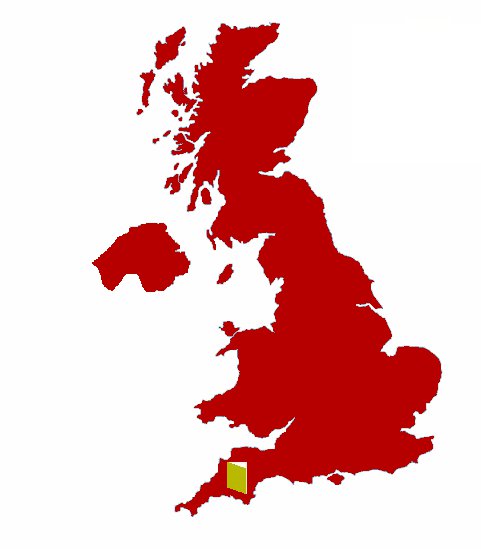
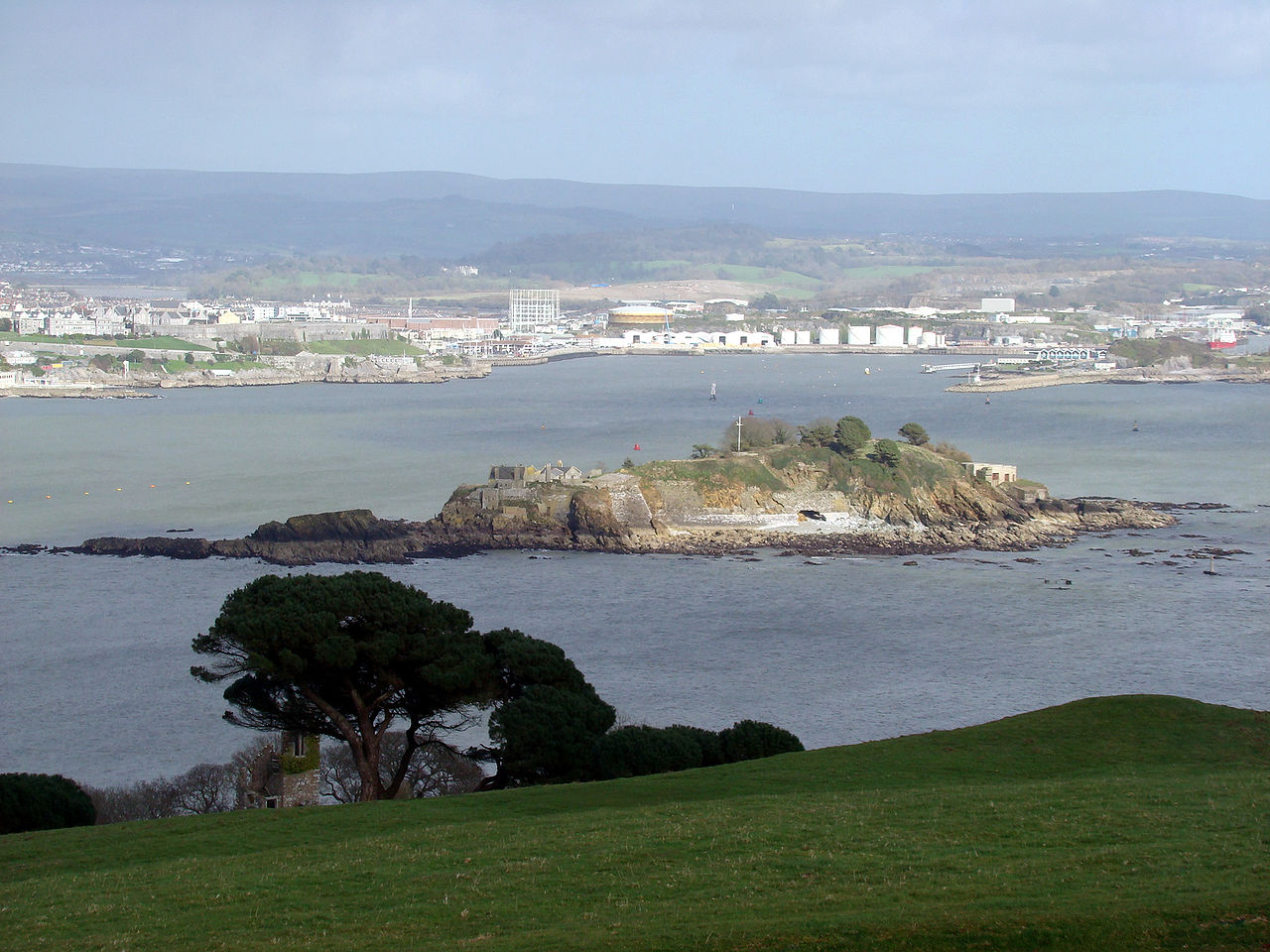
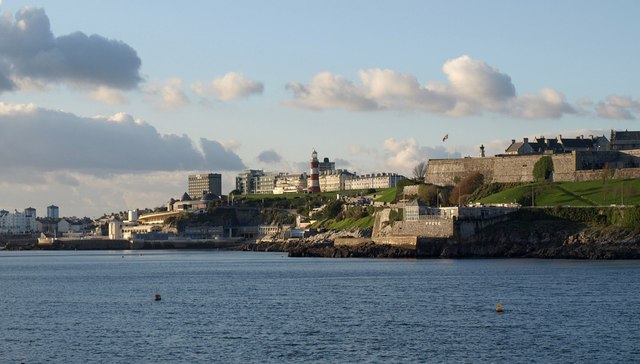
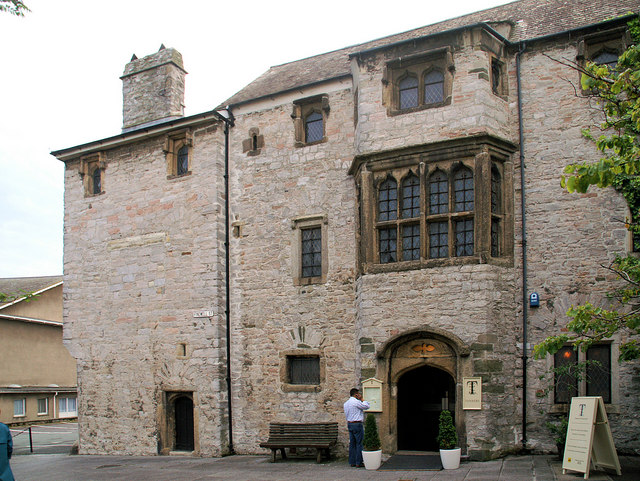
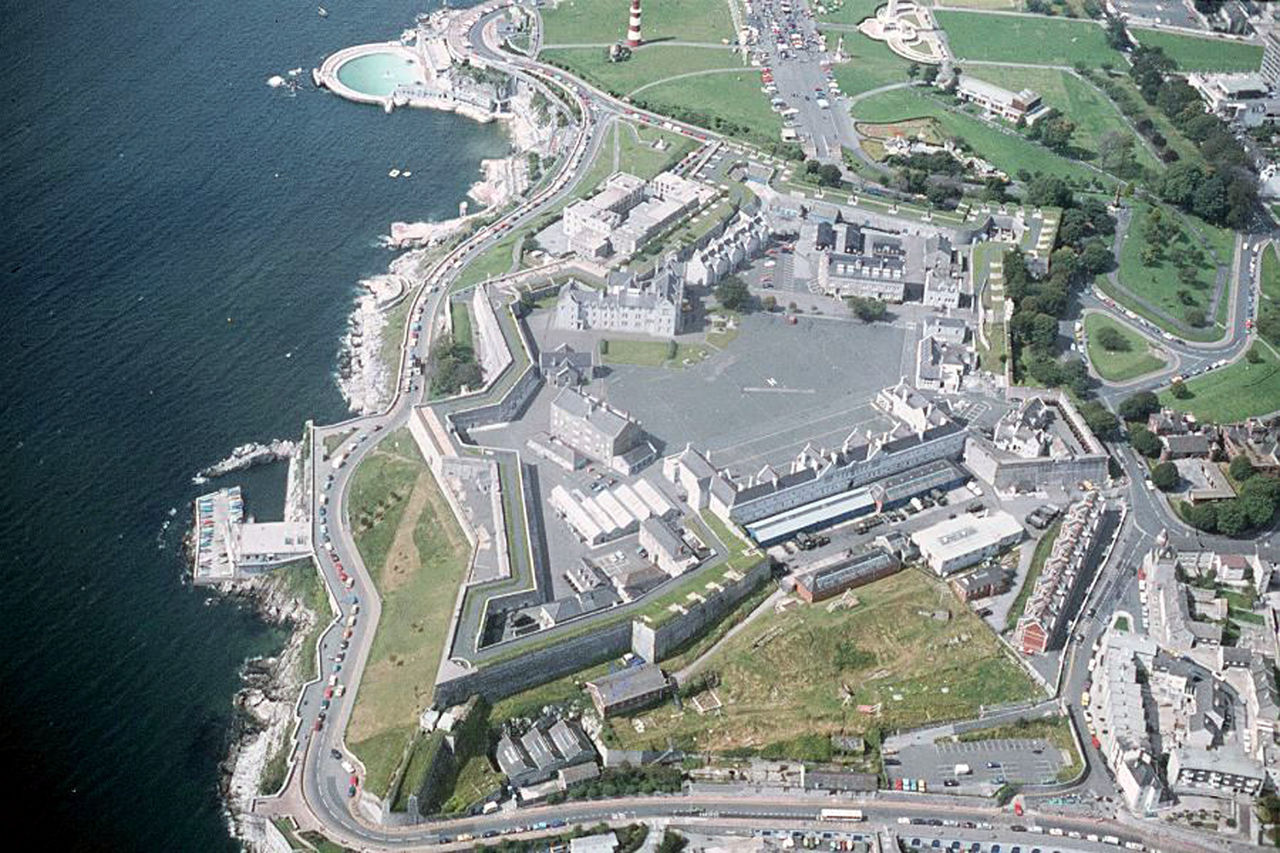
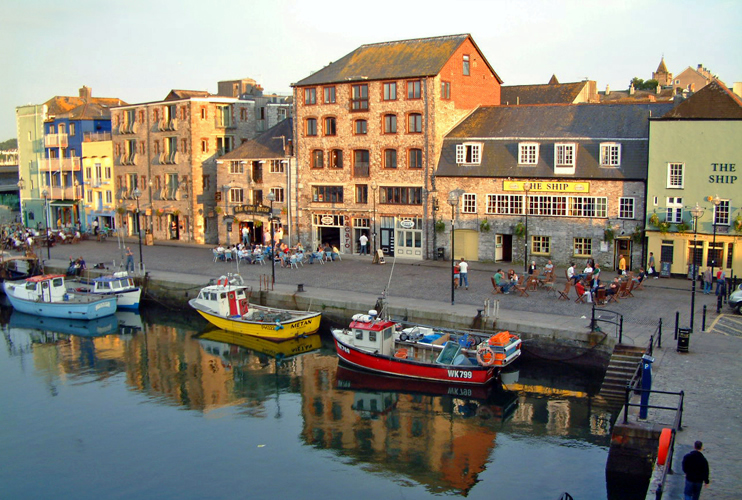
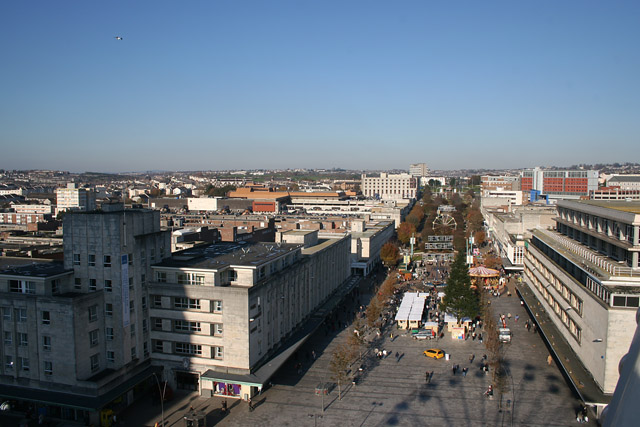
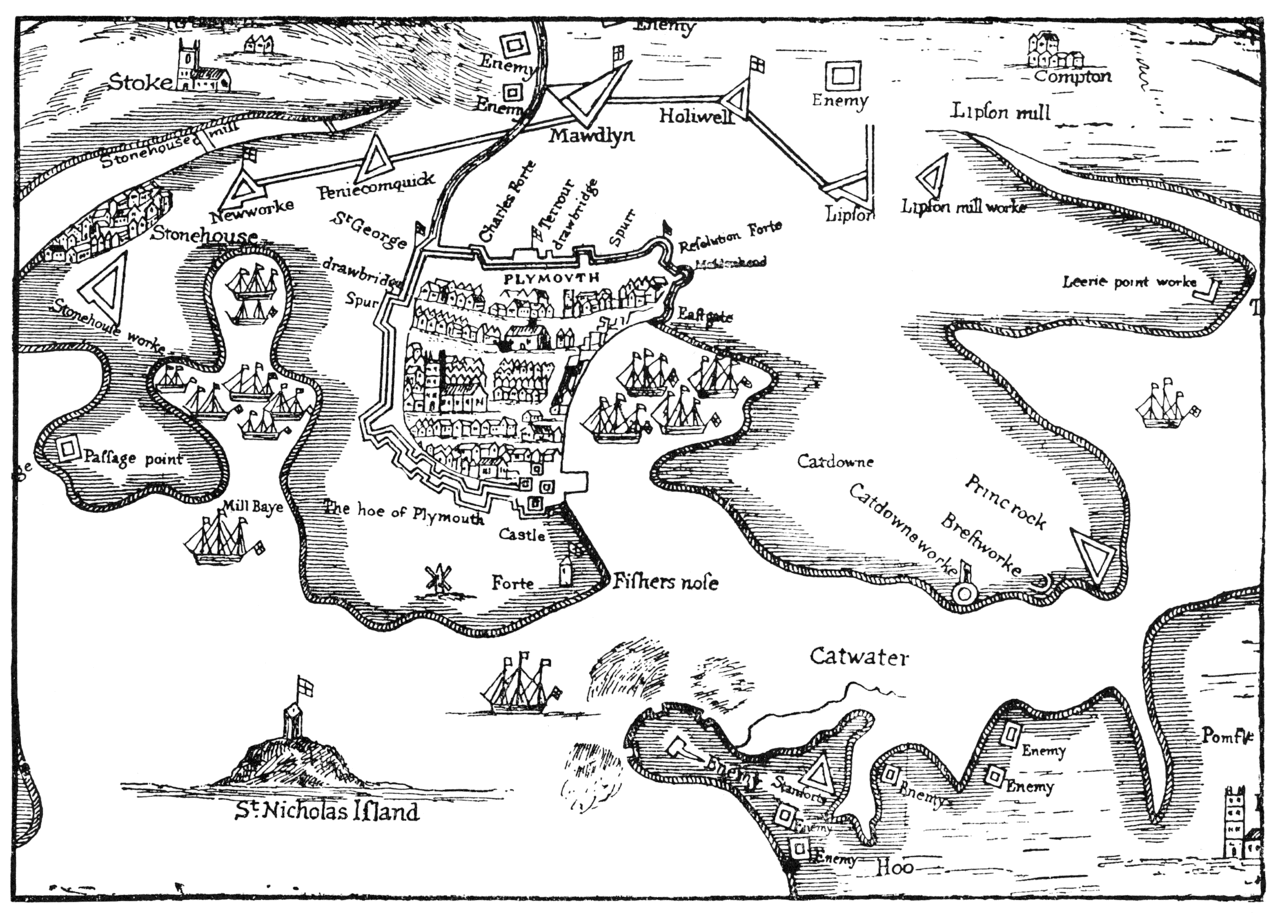
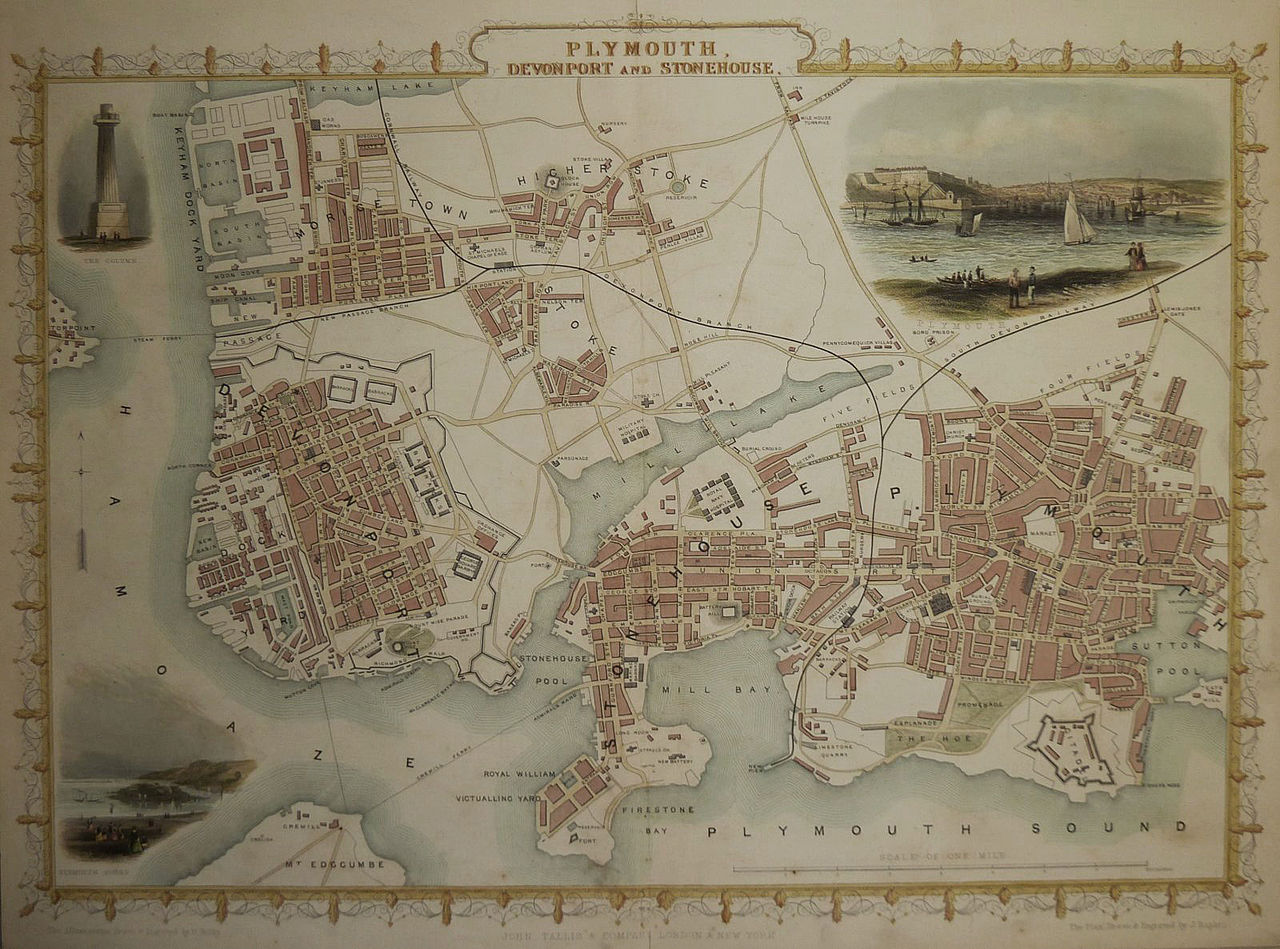
 Tel: +44.01752 588992
Tel: +44.01752 588992 Email:
Email:

